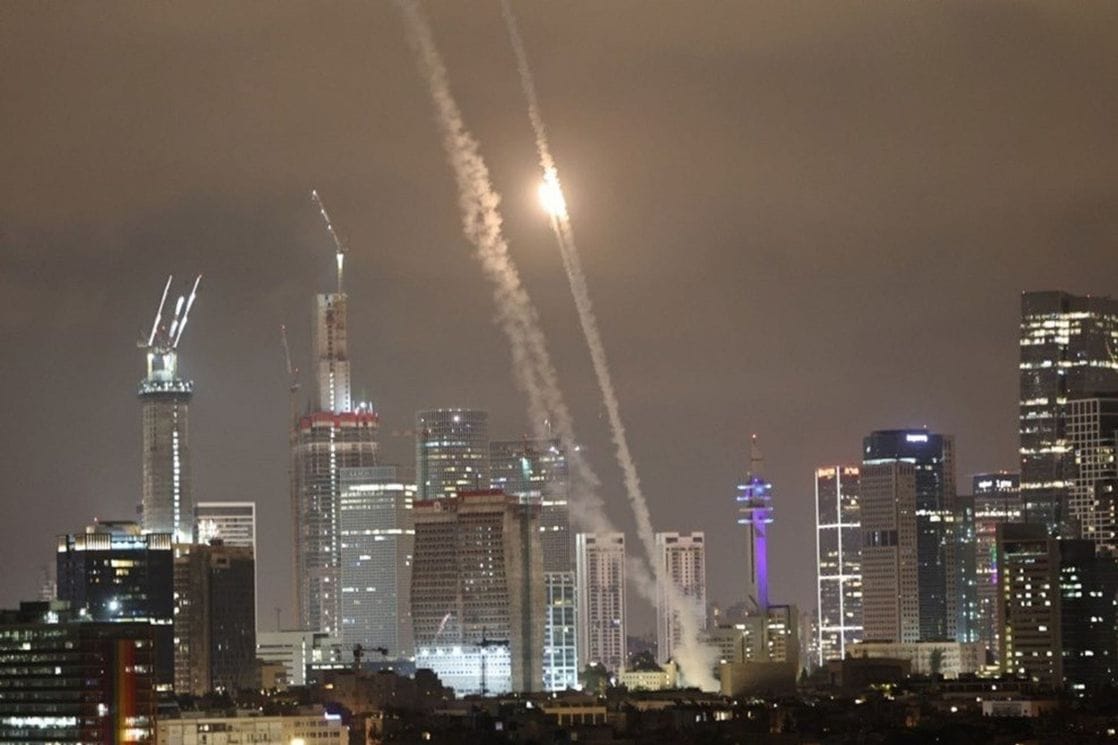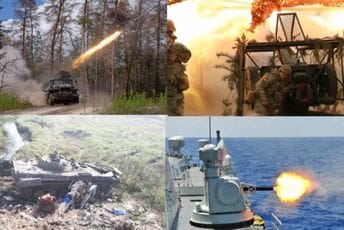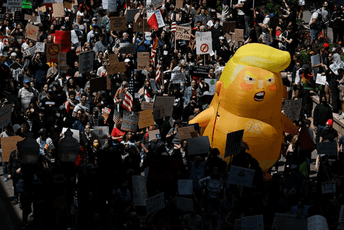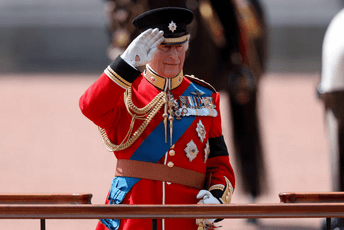The conflict between Iran and Israel has significantly escalated in recent days. Iran launched a large number of rockets and drones targeting Israeli cities including Tel Aviv and Haifa as part of a military operation called ‘True Promise 3’. Israeli defense forces activated all available defense systems and retaliated with airstrikes on targets in Tehran and other parts of Iran. Israeli attacks targeted nuclear and gas facilities, while Iran has vowed a strong response. Other regional countries, such as Jordan, have also been involved, with Jordan closing its airspace. The death toll is rising, and the situation remains tense with international calls for restraint and prevention of further escalation.
Political Perspectives:
Left: Left-leaning sources tend to emphasize the human cost of the conflict, highlighting civilian casualties and the dangers of escalating military actions. They often call for diplomatic solutions and criticize both sides for actions that increase regional instability. The narrative may also include criticism of military interventions and the impact on ordinary people.
Center: Center-leaning sources focus on reporting the facts of the conflict, including the military actions taken by both Iran and Israel. They provide balanced coverage of the attacks and counterattacks, the strategic targets involved, and the responses from regional and international actors. The emphasis is on the evolving situation and calls for restraint without taking a strong partisan stance.
Right: Right-leaning sources often highlight Israel’s right to defend itself against Iranian aggression and emphasize the threat posed by Iran’s military capabilities, including its nuclear program. They may portray Israel’s military actions as necessary and justified responses to Iranian provocations and stress the importance of strong defense measures. The narrative may also include warnings about Iran’s regional ambitions and the need to counter them decisively.










